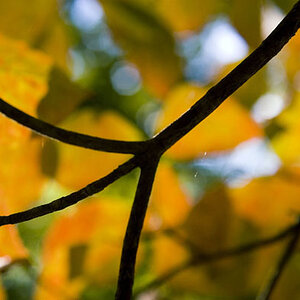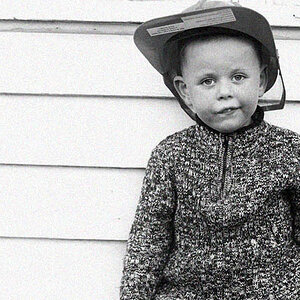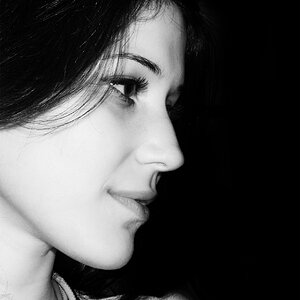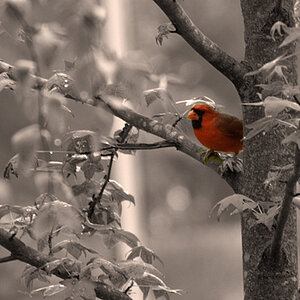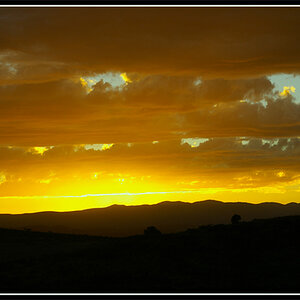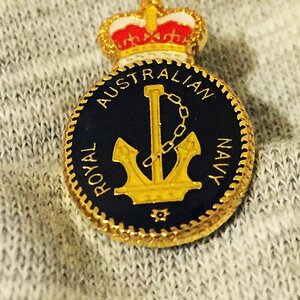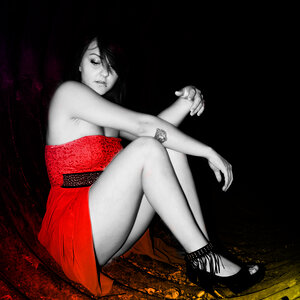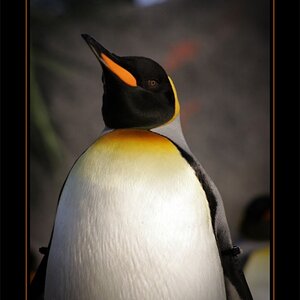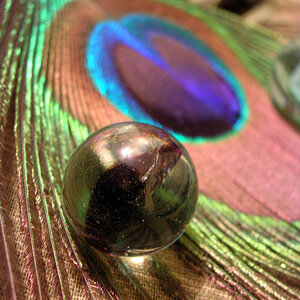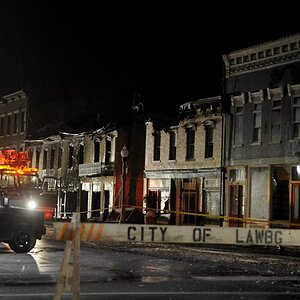Hi,
I am new to the world of digital cameras and have been trying to read up on them, but it seems there are just too many options and too much info I need to learn about. So, I thought maybe some of you on here might be able to help.
I am wondering what is the best camera to get the quality photos you see printed in books? I am interested in putting together a cookbook and want to make sure I buy a good enough camera for the pictures that will be in the book.
I have checked out many cameras, but still haven't figured out what range I need to buy for good enough prints that you would find in books.
So, basically my questions are:
1.) Are Digital SLR cameras the best choice?
2.) Do cameras like the Nikon 5000D and Canon T1i have the ability to take good enough pictures to put in books, like a cookbook for instance? Or, do I need to look into cameras more like the Nikon D300S and Canon 50D?
3.) Would an older (circa 2004-2006) high-end professional model (like the Nikon D3/D2XS or Canon 1DS/1D Mk II) be better than getting a newer entry/consumer level camera (Like the Nikon 5000D or Canon T1i)? Or would I be better off getting an entry/consumer level camera that is newer than a high-end professional camera that is older?
4.) What is your ultimate camera recommendation for a good enough model that can be used to take the quality photos that can be put in everyday books?
Any help or input with any of these questions would be greatly appreciated and a tremendous help in my decision making process.
Thanks,
Blake
I am new to the world of digital cameras and have been trying to read up on them, but it seems there are just too many options and too much info I need to learn about. So, I thought maybe some of you on here might be able to help.
I am wondering what is the best camera to get the quality photos you see printed in books? I am interested in putting together a cookbook and want to make sure I buy a good enough camera for the pictures that will be in the book.
I have checked out many cameras, but still haven't figured out what range I need to buy for good enough prints that you would find in books.
So, basically my questions are:
1.) Are Digital SLR cameras the best choice?
2.) Do cameras like the Nikon 5000D and Canon T1i have the ability to take good enough pictures to put in books, like a cookbook for instance? Or, do I need to look into cameras more like the Nikon D300S and Canon 50D?
3.) Would an older (circa 2004-2006) high-end professional model (like the Nikon D3/D2XS or Canon 1DS/1D Mk II) be better than getting a newer entry/consumer level camera (Like the Nikon 5000D or Canon T1i)? Or would I be better off getting an entry/consumer level camera that is newer than a high-end professional camera that is older?
4.) What is your ultimate camera recommendation for a good enough model that can be used to take the quality photos that can be put in everyday books?
Any help or input with any of these questions would be greatly appreciated and a tremendous help in my decision making process.
Thanks,
Blake



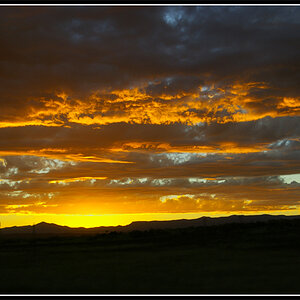
![[No title]](/data/xfmg/thumbnail/31/31702-59b5519e3c9a12b85ca69439a27f5253.jpg?1619734961)
